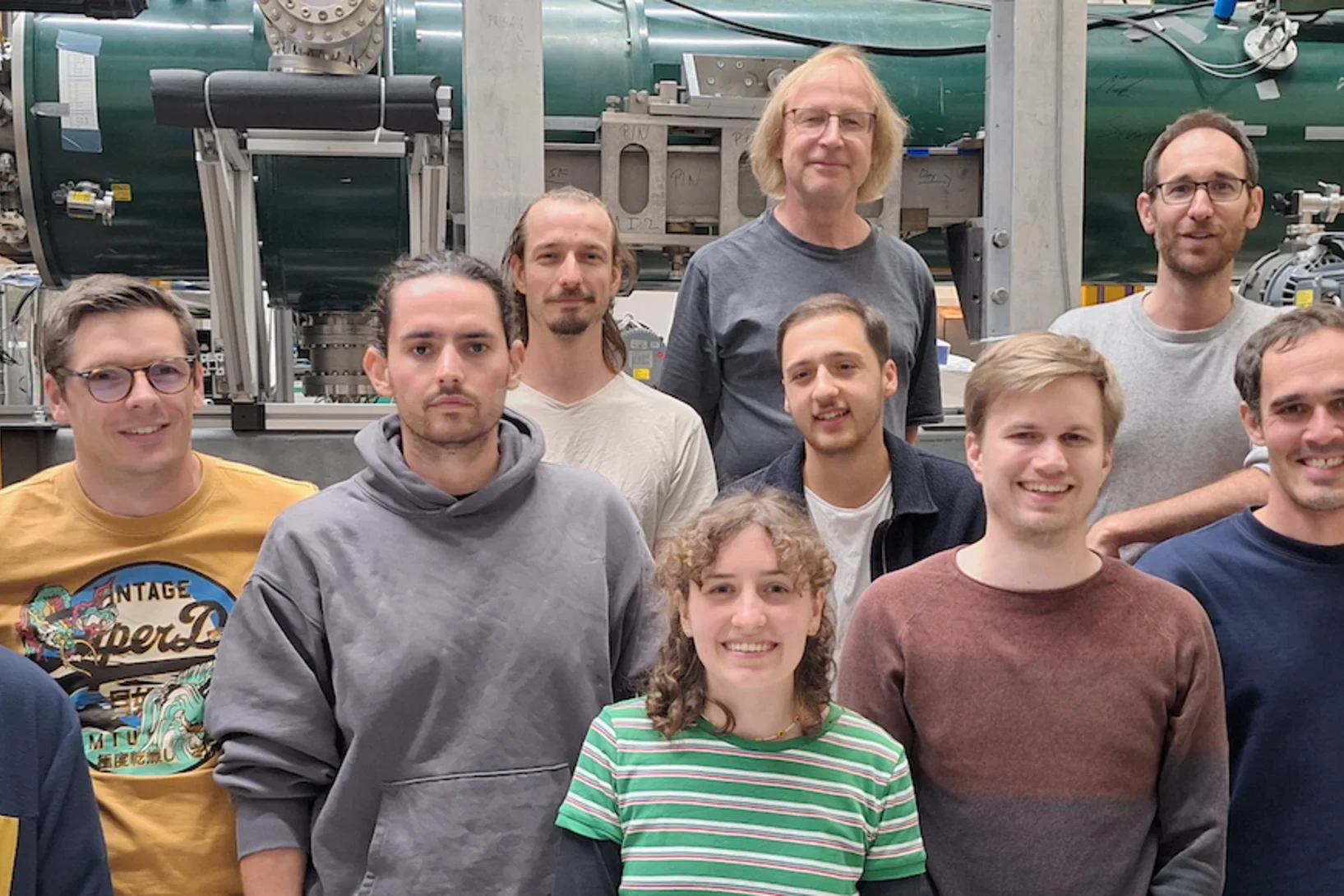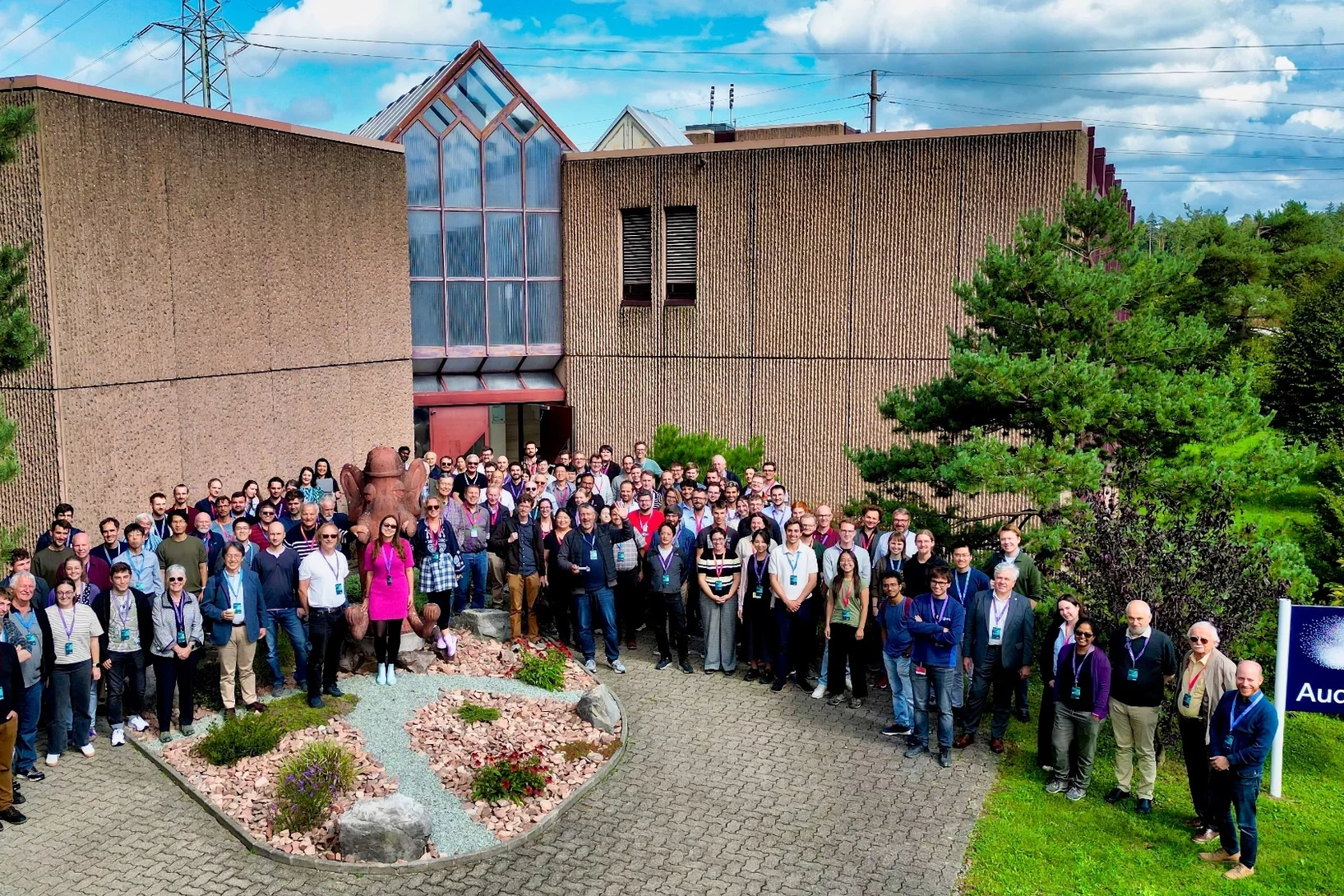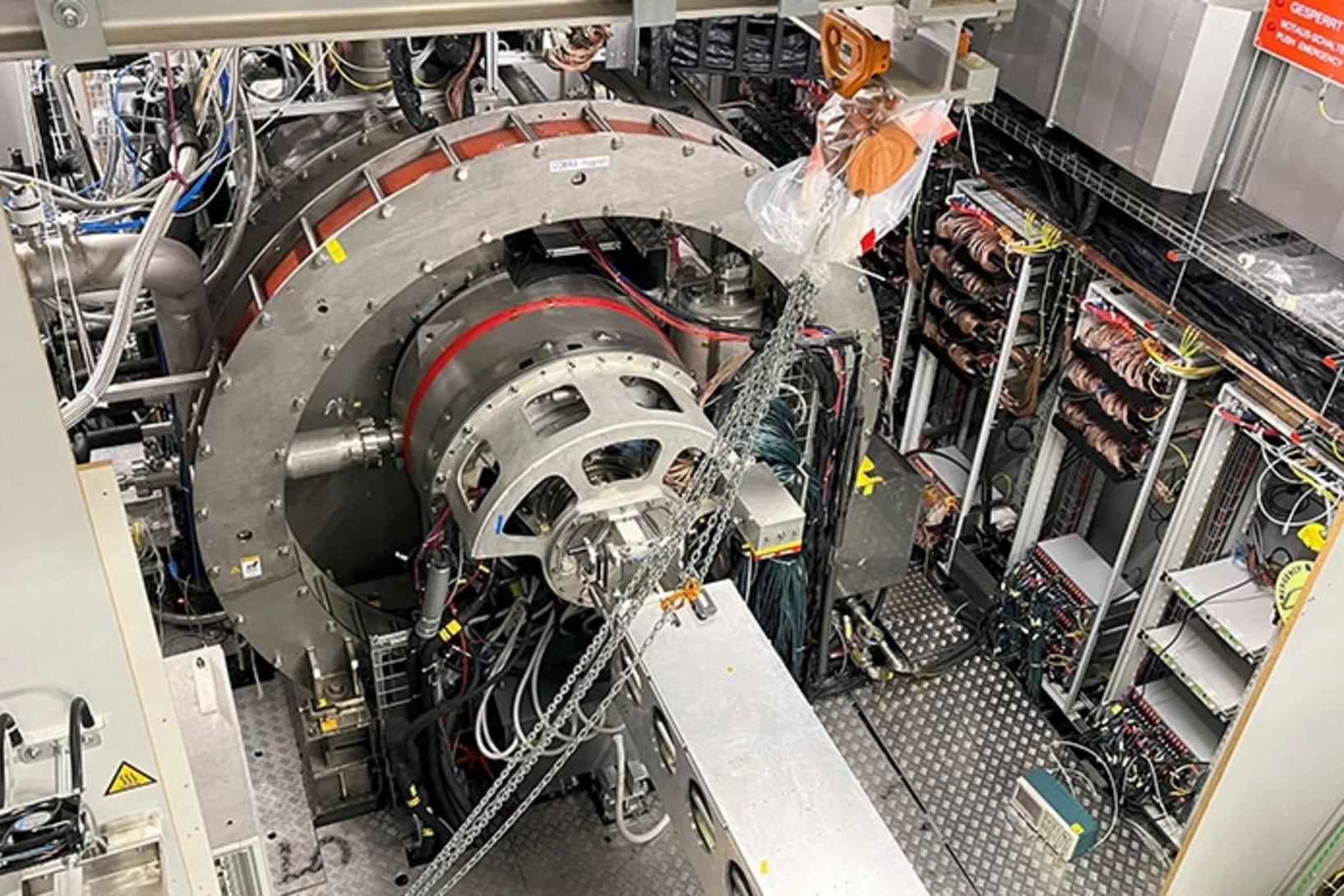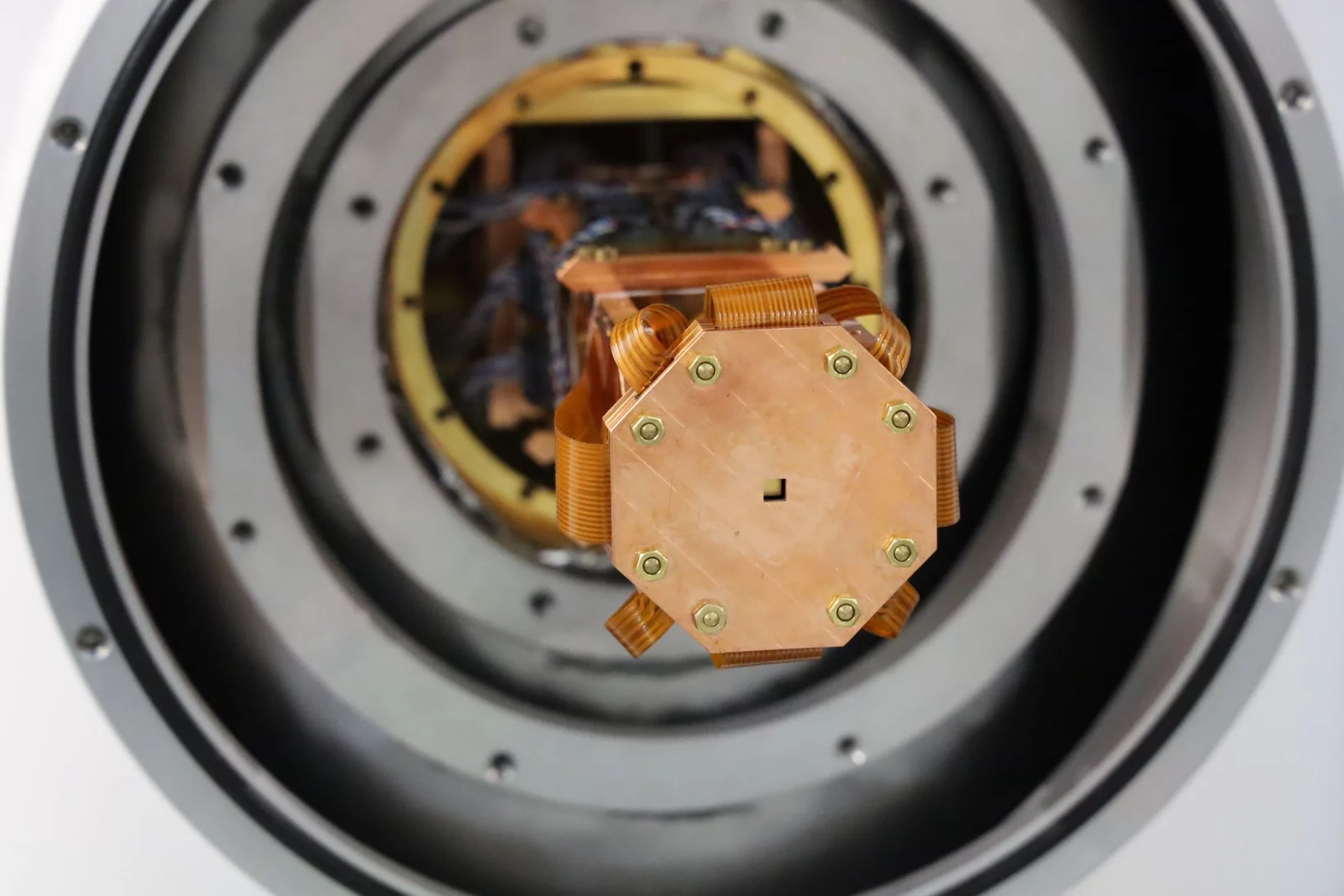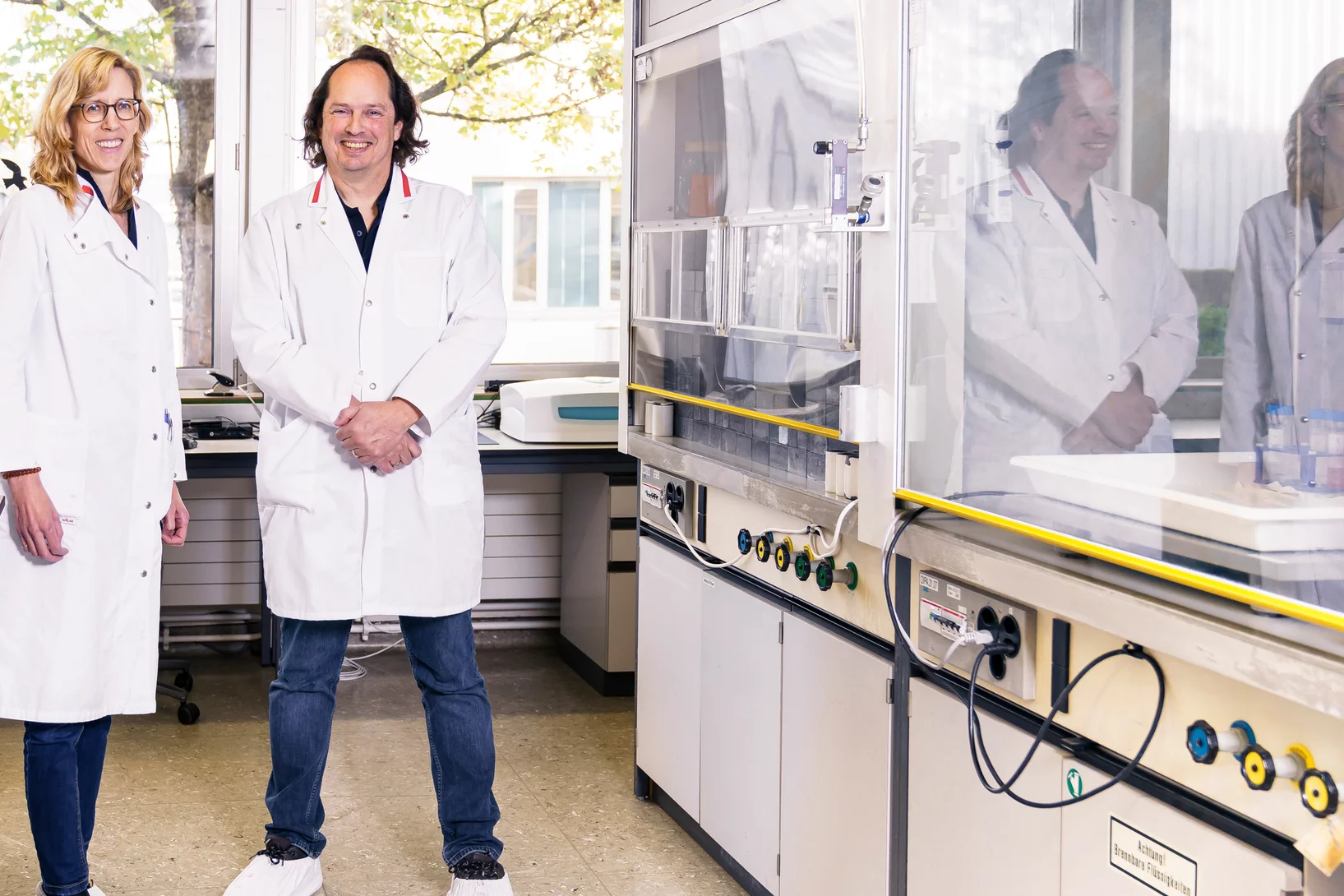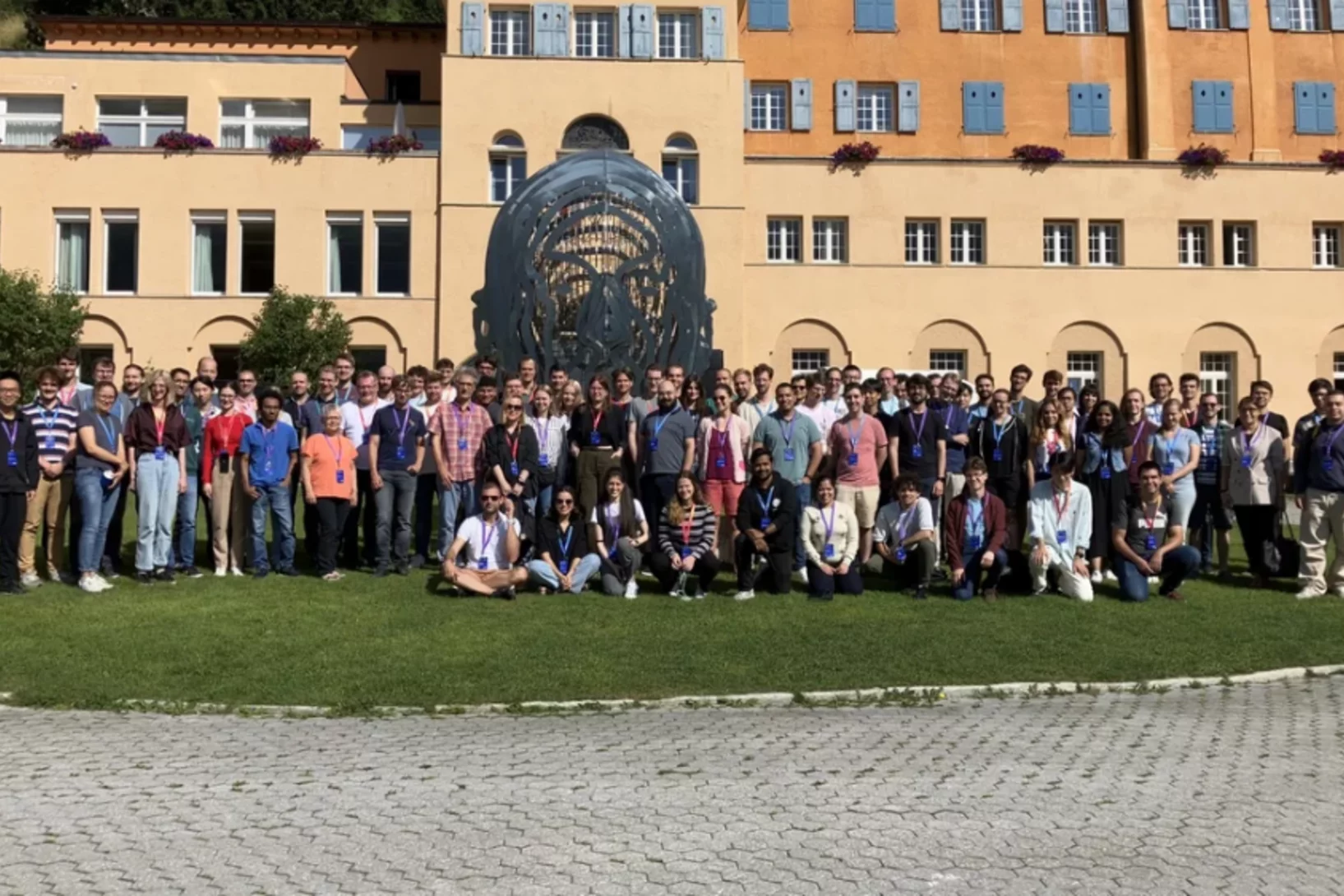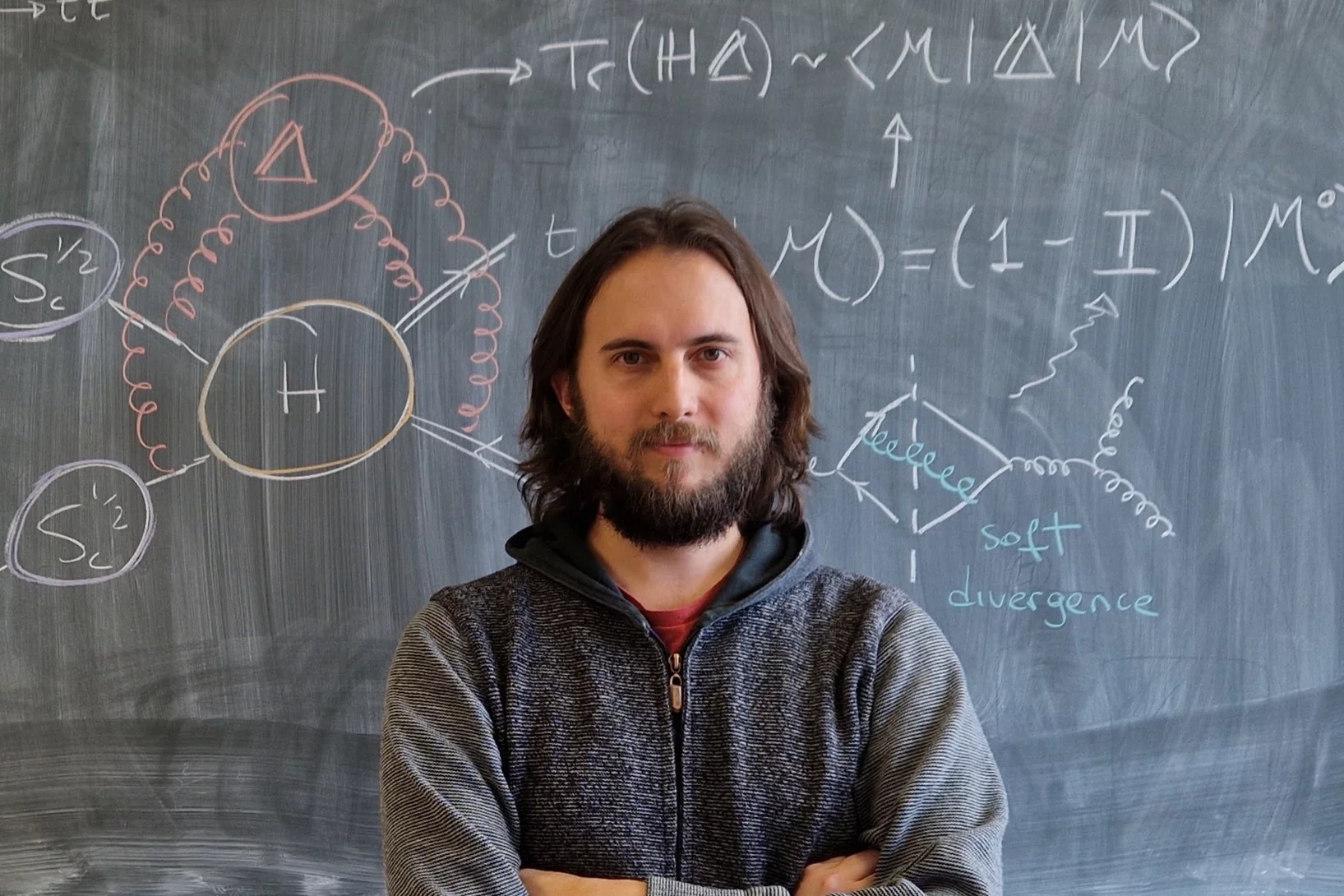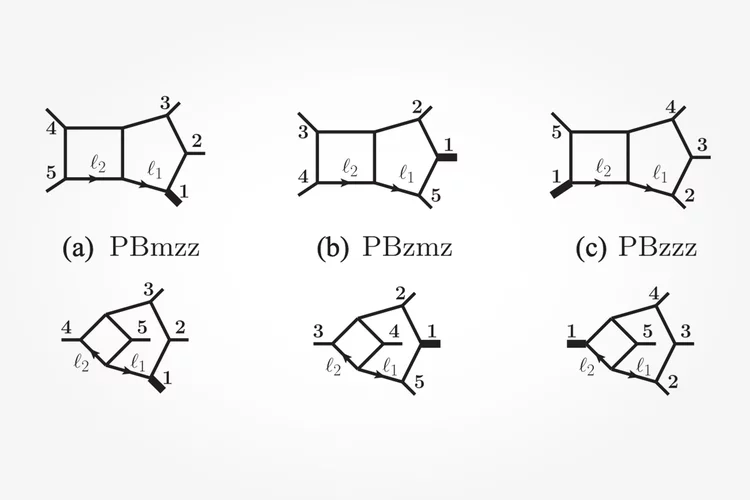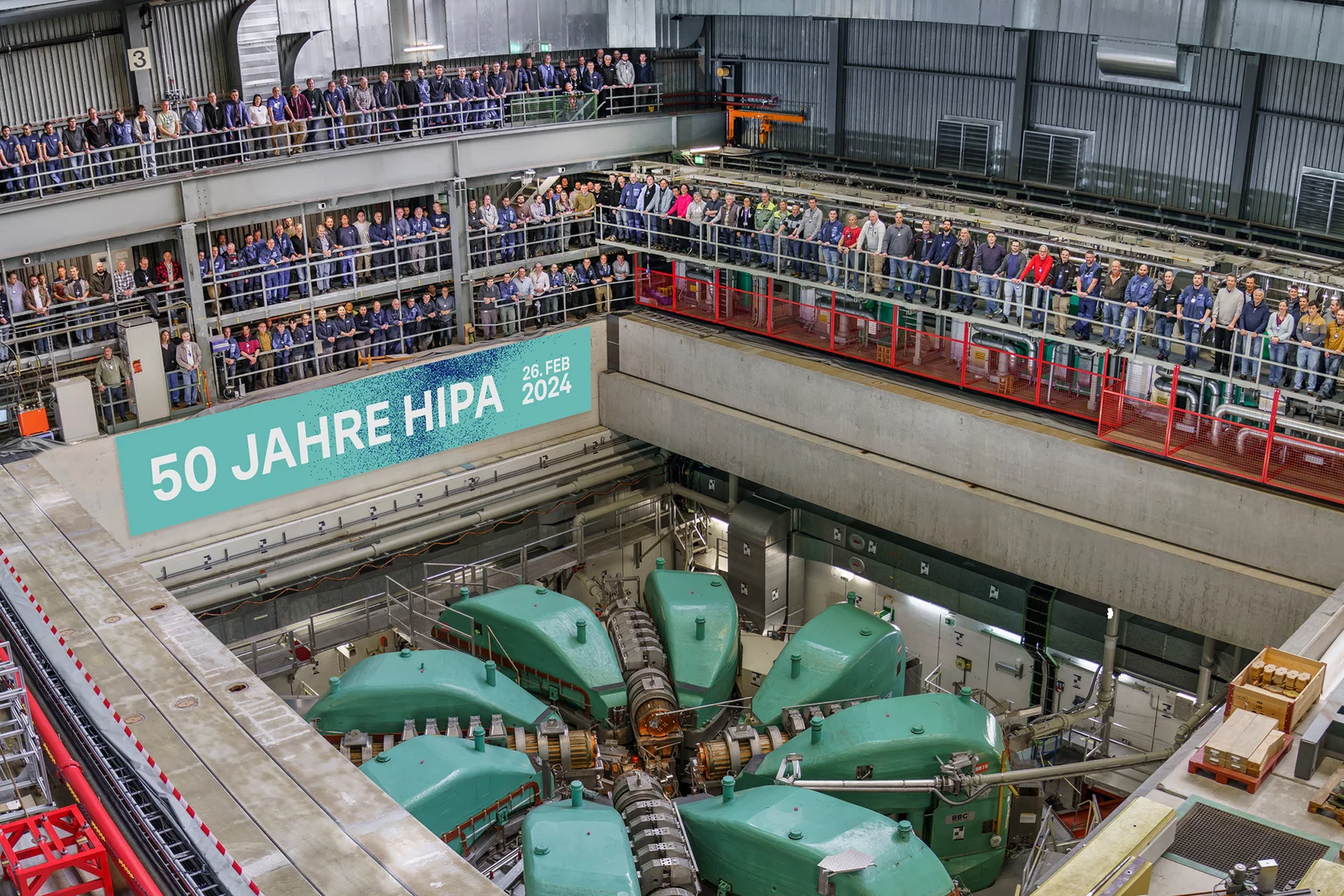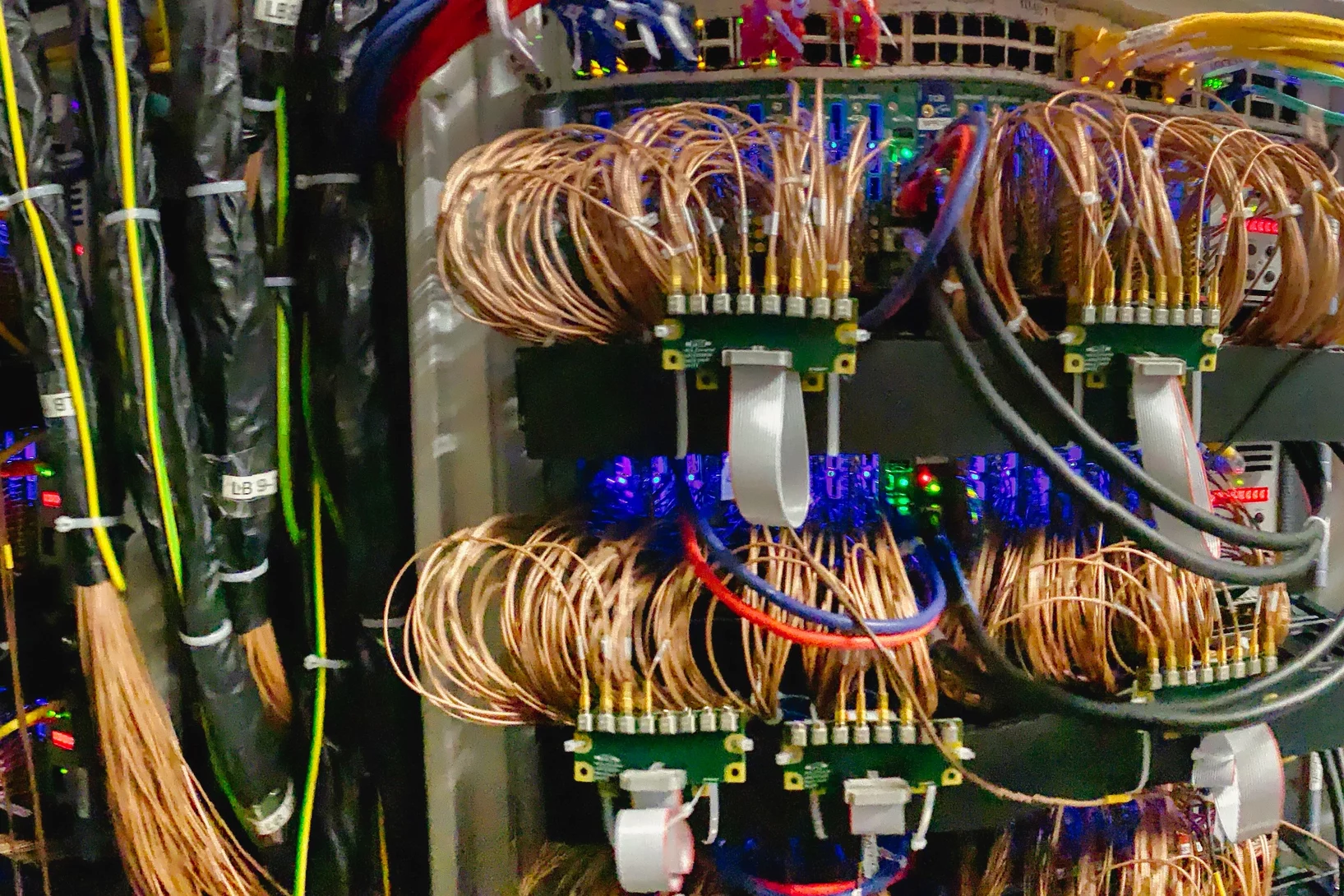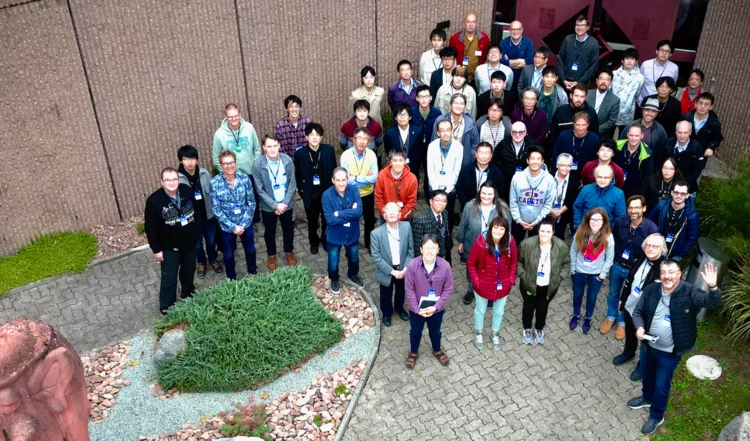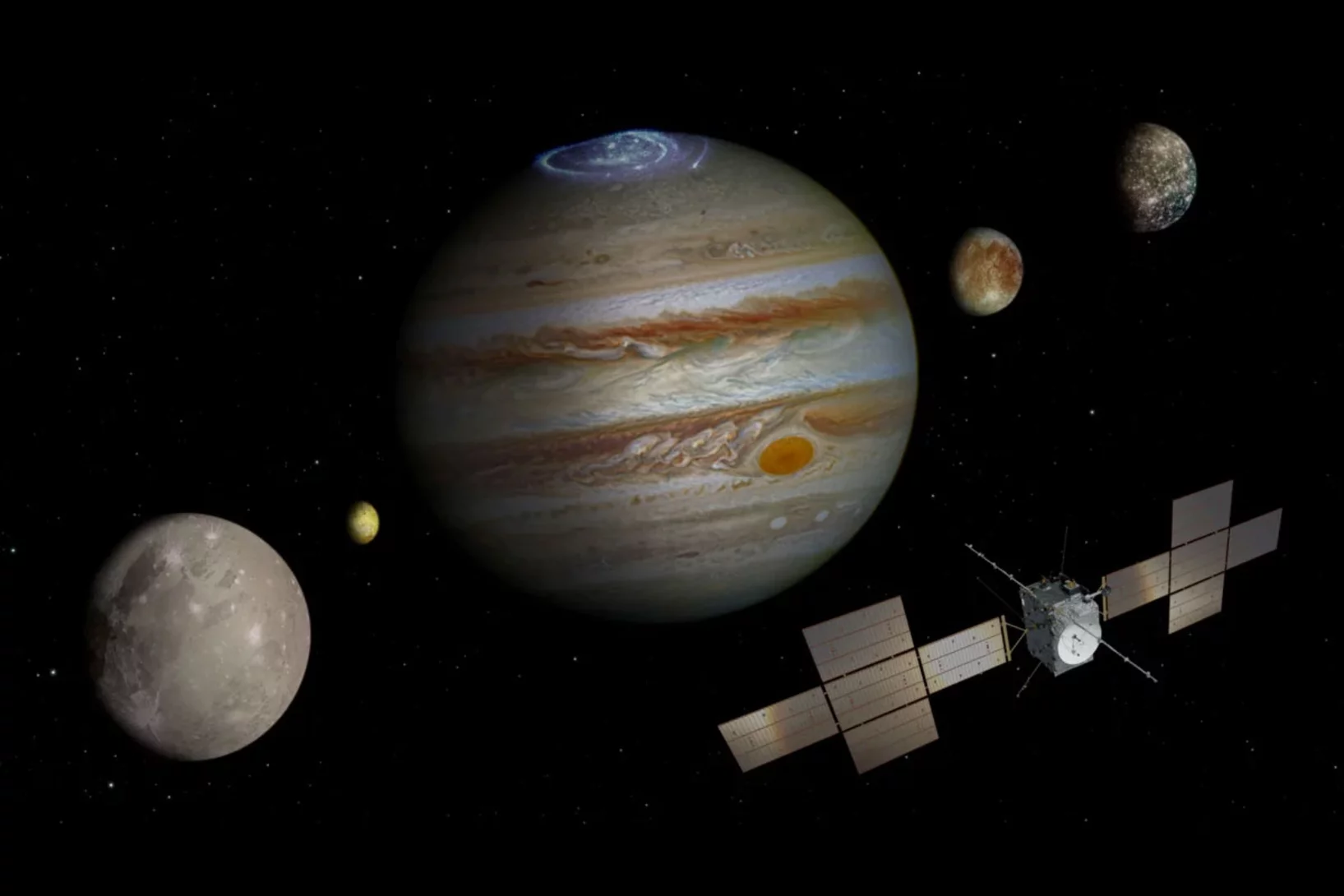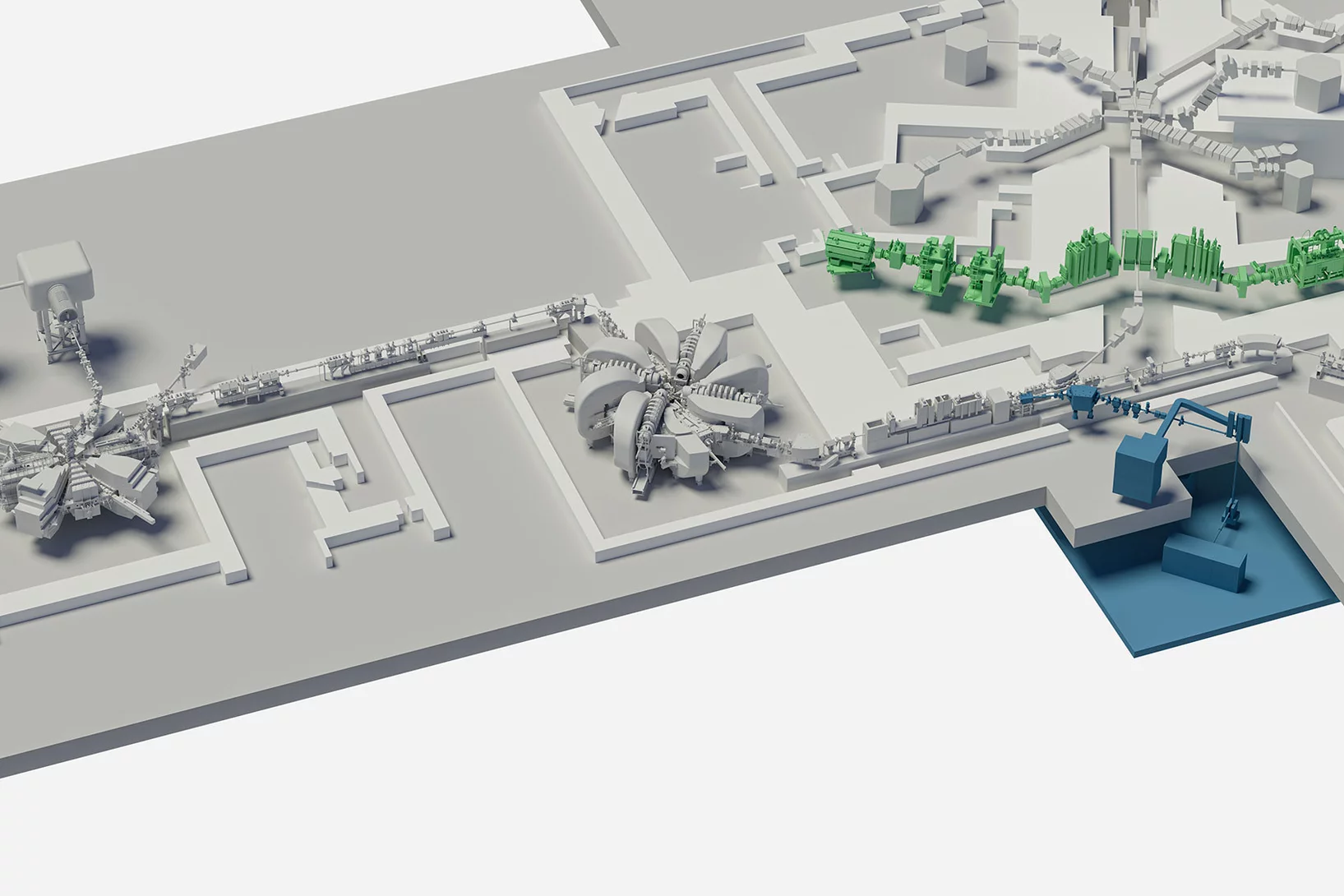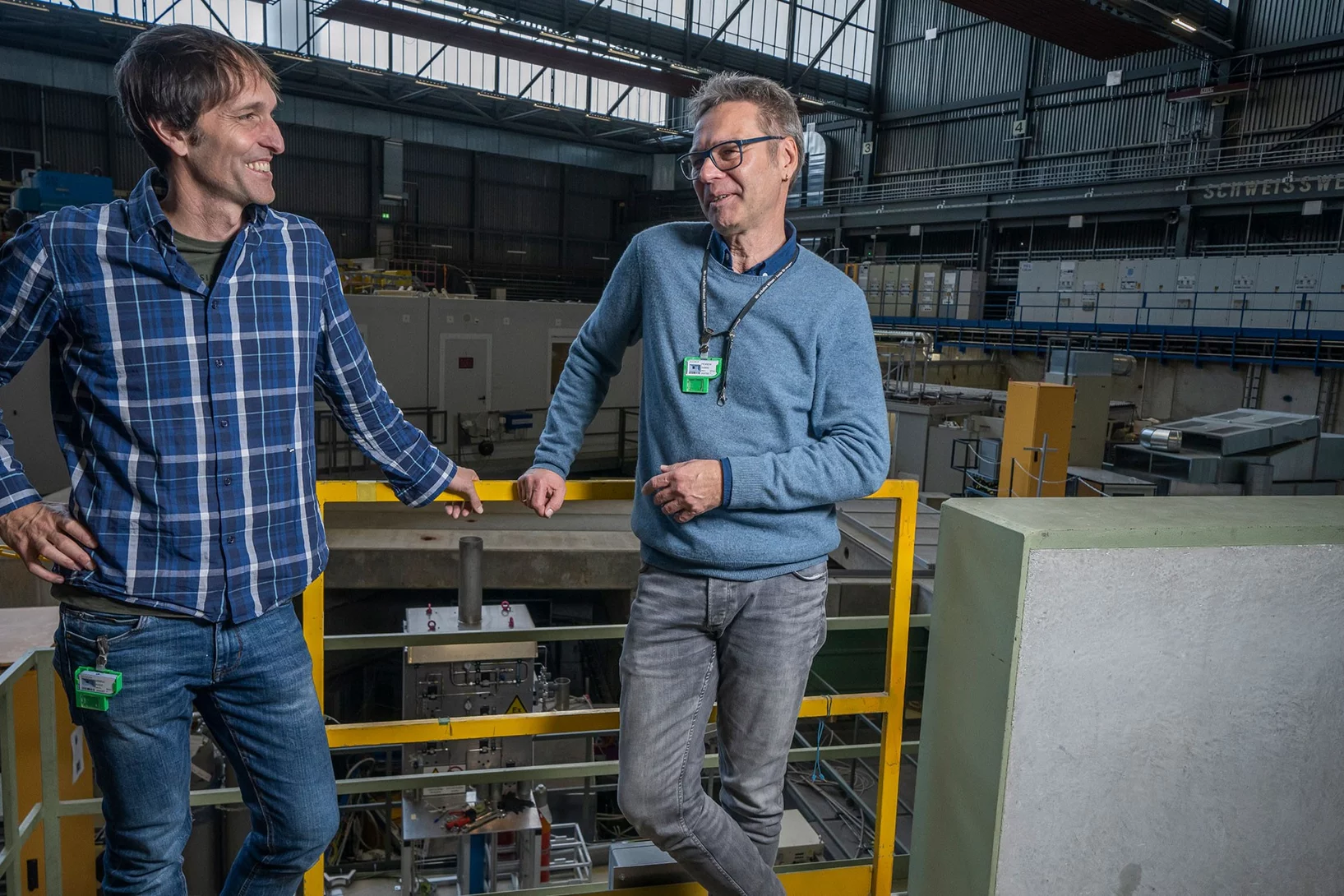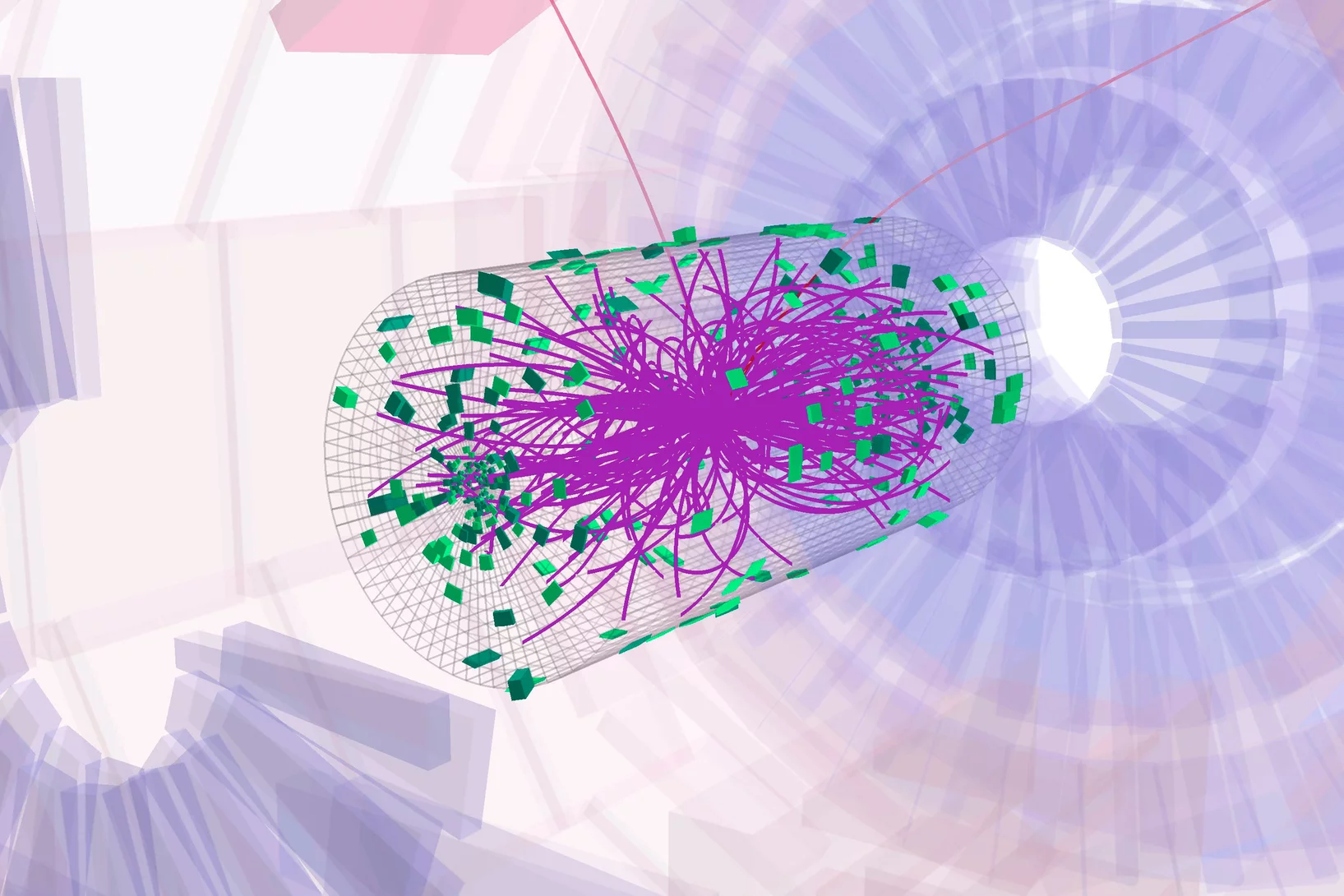Show filters
ERC Consolidator Grant for Neutron Lifetime Experiment at PSI’s source for ultracold neutrons
Our collaborator Prof. Dr. Martin Fertl from the Johannes Gutenberg University Mainz (JGU) and the PRISMA+ Cluster of Excellence has been awarded an ERC Consolidator Grant, one of the EU's most highly endowed grants, to support the development of the next-generation neutron lifetime experiment.
Dectris Prize: Congratulations to Andrej Maraffio
Congratulations to Andrej Maraffio for winning the Dectris Prize 2025!
Second BRIDGE Workshop in Tokyo
The second BRIDGE workshop, “Bridging Research Innovations in Diverse muon and neutron science by GEneral collaboration between Japan and Switzerland”, took place at the University of Tokyo on October 20-22, 2025
2025 CHIPP Postdoc Prize for Efrain P. Segarra
The LTP/CNM physicist Efrain P. Segarra has been awarded the 2025 CHIPP Postdoc Prize!
PSI electronics apprentices once again perform very successfully at the SwissSkills Championships 2025
At the biennial SwissSkills Championships for young professionals, which took place in Bern from 17 to 21 September 2025, four of our former and current electronics apprentices demonstrated their exceptionally strong skills with great success in two different competition categories.
PSI2025 Workshop on the ‘Physics of fundamental Symmetries and Interactions’
From September 7-12, 2025, more than 170 participants from 20 countries met for the PSI2025 workshop, the 7th edition in the series.
WOPM2025 at PSI - Workshop on optically-pumped magnetometers
From August 6 to 8, the 2025 workshop on 'Optically-Pumped Magnetometers' took place at PSI with a full day of Summer School lectures, followed by scientific sessions attended by 145 researchers from institutions worldwide.
Neue Massstäbe in der Kernphysik
Mit bislang unerreichter Präzision: PSI-Forschende vermessen den Kernradius von myonischem Helium-3 und stellen die Theorien der Atomphysik auf den Prüfstand.
In Search of New Physics: New Result from the MEG II Collaboration
On the occasion of a special seminar at the Paul Scherrer Institut (PSI) in Switzerland on 23 April 2025 the scientific collaboration of the MEG II experiment presented an important new result in the search for the decay of a positive muon into a positron and a photon. The findings, based on data collected in 2021 and 2022, are detailed in a paper published in 'The European Physical Journal C'.
IMPACT: Upgrade an PSI-Forschungsanlage beschlossen
Die Finanzierung der Umbauten an der Protonenbeschleunigeranlage des PSI wurde vom Schweizer Parlament bewilligt.
Exotics among the atoms
Muon experiments at the PSI are focusing on different isotopes.
IMPACT für die Schweizer Gesellschaft
Weltspitze bei den Myonen und in der Herstellung medizinischer Radionuklide: Die weitreichende Bedeutsamkeit des geplanten Upgrades.
Löten auf grosser Bühne
Wer hier aufs Podest kommt, gehört zu den weltbesten Berufstalenten: PSI-Elektroniker Melvin Deubelbeiss gewann bei den WorldSkills 2024 die Silbermedaille.
The Zuoz school’s 26th edition
26th Zuoz Summer School on particle physics took place at the Lyceum Alpinum with close to 100 participants.
Ein Plan für die grösste Maschine der Welt
Interview mit Lea Caminada, Leiterin der Gruppe für Hochenergiephysik am PSI, über das nächste mögliche Grossprojekt am CERN.
2024 Guido Altarelli Award to Javier Mazzitelli
The Guido Altarelli Award honours the memory of the late Guido Altarelli, one of the founding fathers of QCD, an outstanding communicator of particle physics, and a mentor and strong supporter of Junior Scientists.
Javier Mazzitelli has been awarded the 2024 Guido Altarelli Award in acknowledgement of his distinguished contributions to the field of particle physics. The Guido Altarelli Award is awarded every year to junior scientists for outstanding scientific contributions to the fields covered by the DIS Conference series.
All Two-Loop Feynman Integrals for Five-Point One-Mass Scattering
We compute the complete set of two-loop master integrals for the scattering of four massless particles and a massive one. Our results are ready for phenomenological applications, removing a major obstacle to the computation of complete next-to-next-to-leading order QCD corrections to processes such as the production of a H/Z/W boson in association with two jets at the LHC. Furthermore ...
Protonen und andere Teilchen: Die HIPA-Anlage wird 50
Seit 1974 beschleunigt HIPA Protonen für die Forschung.
In the search for New Physics at the Intensity Frontier: a first result from the MEG II experiment
In a special seminar at the Paul Scherrer Institut (PSI) in Switzerland, the MEG II collaboration presented on October 20th its first results, based on data collected in 2021. The results are reported on a paper published on arXiv and submitted to the European Journal of Physics C.
Japanese – Swiss BRIDGE Workshop at PSI
BRIDGE stands for Bridging Research Innovations in Diverse muon and neutron science by GEneral collaboration between Japan and Switzerland. After a first remote edition of this new workshop series in 2022, an in-person BRIDGE workshop took place at PSI, October 18-20, 2023.
PSI medal winners at SwissSkills Championships 2023
At the recent SwissSkills Championships 2023 for apprentices in Sindex/BE Melvin Deubelbeiss and Andrin Kästli from the electronics apprenticeship group in NUM/LTP have won two medals: Andrin became third, won a bronze medal and Melvin even won the championship and was honored by the gold medal.
Shea Distinguished Member Award of IEEE NPSS to Stefan Ritt
The Nuclear & Plasma Sciences Society of IEEE acknowledges the outstanding contributions of Dr. Stefan Ritt in terms of technological developments and services to the NPSS community with the 2023 Richard F. Shea Distinguished Member Award.
Marino Missiroli elected Trigger Coordinator of the CMS experiment at CERN
Marino Missiroli, a postdoctoral researcher in the High-Energy Particle Physics group of the Laboratory for Particle Physics (LTP) in NUM, will join the management team of the CMS experiment at CERN as Trigger Co-Coordinator in September 2023.
Jupiter-Mission soll lebensfreundliche Bedingungen erkunden
Ganymed, Kallisto und Europa: Das sind Jupiters eisige Monde und das Reiseziel der kommenden ESA-Mission. Mit an Bord: ein Hightech-Detektor vom PSI.
Muonic X-rays peer into brooch from Roman city
Using Muon Induced X-ray Emission, researchers could reveal the inner composition of a knob-bow fibula, excavated at Augusta Raurica in northern Switzerland.
Mehr Licht ins Dunkel
Am PSI wollen Forschende mithilfe der Grossforschungsanlagen die letzten Lücken im Standardmodell der Physik schliessen.
Doppeltes Upgrade für die Protonenanlage
HIPA soll ab 2025 ein doppeltes Upgrade erhalten. Die Vorbereitungen dafür laufen jetzt.
Making sense of the muon’s misdemeanours
An exotic atom called muonium could explain why muons won’t stick to the rules, believe researchers using the Swiss Muon Source at Paul Scherrer Institute PSI.
Upgraded pixel detector back in action at CERN
Built at Paul Scherrer Institute, the detector forms the heart of the CMS experiment. It is producing data again following an upgrade during the LHC shutdown.
Harald Ita appointed Associate Professor ad personam at University of Zurich
Harald Ita, currently senior scientist at the Laboratory for Particle Physics at NUM/PSI was appointed as Associate Professor ad personam at UZH Zurich. Harald is an international acclaimed researcher in the field of theoretical high-energy particle physics.


